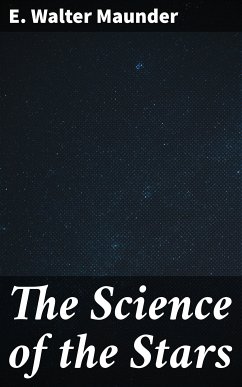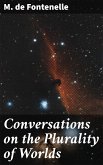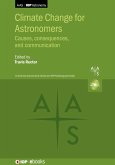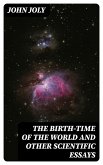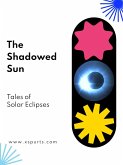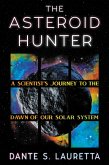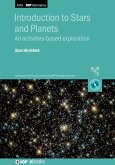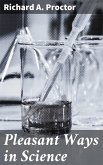In "The Science of the Stars," E. Walter Maunder offers a profound exploration of celestial phenomena, melding scientific inquiry with poetic prose. The book delves into the intricate workings of stars, providing a comprehensive overview of stellar evolution, classification, and the foundational theories of astrophysics that underpin our understanding of the universe. Maunder's meticulous research is couched in a narrative style that balances rigorous scientific detail with accessible language, allowing readers to appreciate the beauty and complexity of the cosmos. Set against the backdrop of the late 19th and early 20th centuries, the book reflects the burgeoning interest in astronomy during this era of scientific revolution, inviting readers to ponder the mysteries of the night sky through an informed lens. E. Walter Maunder was not only an accomplished astronomer but also a pivotal figure in the popularization of astronomy in the early 1900s. His extensive background, including his work at the Royal Observatory and the Solar Physics Observatory, provided him with unparalleled insights into stellar phenomena. Maunder's dedication to teaching and disseminating astronomical knowledge fueled his desire to write this seminal work, bridging the gap between esoteric scientific principles and general public understanding. I wholeheartedly recommend "The Science of the Stars" to both seasoned astronomers and curious readers alike. Maunder's eloquent prose and authoritative insights will spark a deeper appreciation for the celestial wonders that surround us. This book serves not just as an educational resource but also as an invitation to journey into the cosmic expanse, fostering a lasting connection between the reader and the stars. In this enriched edition, we have carefully created added value for your reading experience: - A succinct Introduction situates the work's timeless appeal and themes. - The Synopsis outlines the central plot, highlighting key developments without spoiling critical twists. - A detailed Historical Context immerses you in the era's events and influences that shaped the writing. - A thorough Analysis dissects symbols, motifs, and character arcs to unearth underlying meanings. - Reflection questions prompt you to engage personally with the work's messages, connecting them to modern life. - Hand-picked Memorable Quotes shine a spotlight on moments of literary brilliance. - Interactive footnotes clarify unusual references, historical allusions, and archaic phrases for an effortless, more informed read.
Dieser Download kann aus rechtlichen Gründen nur mit Rechnungsadresse in A, B, BG, CY, CZ, D, DK, EW, E, FIN, F, GR, H, IRL, I, LT, L, LR, M, NL, PL, P, R, S, SLO, SK ausgeliefert werden.

